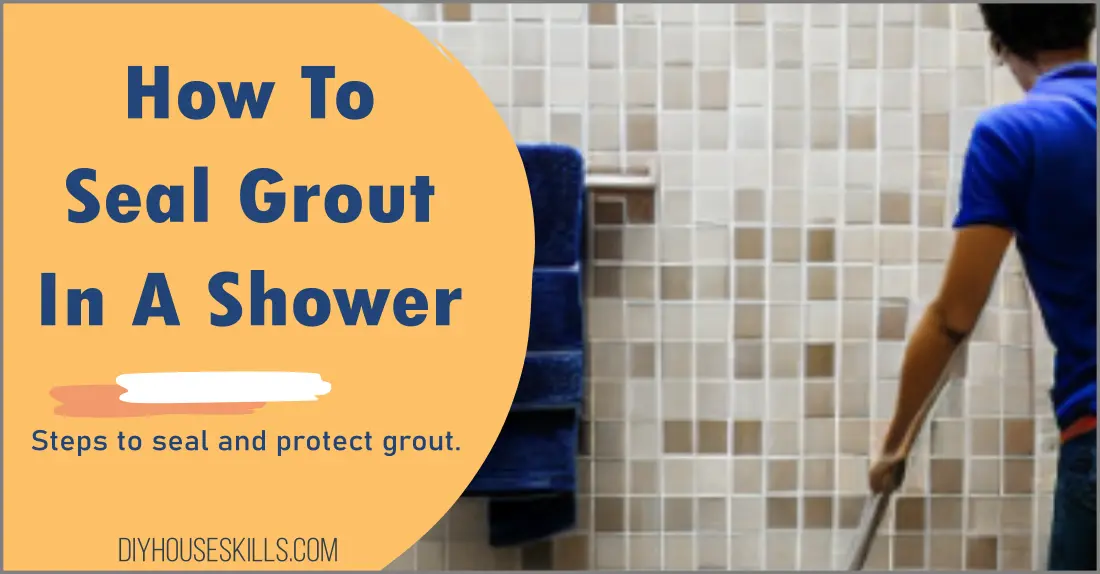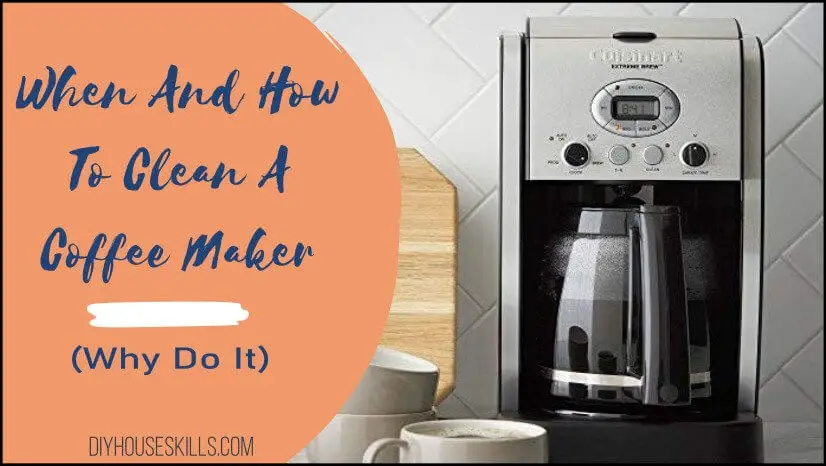Sealing grout in a shower can seem like a daunting task, especially if you are not sure how to properly apply the grout sealer or know when it is time to reseal your grout. However, with a few tips and tricks, sealing your shower grout can be a simple and straightforward process.
- If you decide to take on this task yourself, make sure that you protect your bathroom surfaces from any potential mess or spills by covering them up first with newspaper or drop cloths.
- Additionally, depending on how often you use your shower and how porous your particular brand of grout is, you may need to apply new coats of sealant every few years.
Ultimately, whether you choose to tackle this project yourself or hire a professional sealing service will depend on your level of comfort and expertise in dealing with showers and grouts.
Nevertheless, with these simple tips in mind, sealing your shower grout is sure to be an easy and effective way to help keep it looking great for years to come!
THIS POST MAY CONTAIN AFFILIATE LINKS. As an Amazon Associate, I earn from qualifying purchases. PLEASE READ MY DISCLOSURE FOR MORE INFO.
How To Seal Grout In A Shower
Here’s a step-by-step guide on how to seal grout in your shower (and how often you should be doing it).
Sealing Grout in a Shower: Step-by-Step Guide
1. Start By Thoroughly Cleaning The Shower
This means getting rid of any mold, soap scum, dirt, or other debris that might be on the tiles or in the grout lines. You can use a store-bought shower cleaner or make your own cleanser with equal parts water and white vinegar.
Give the entire area a good scrub with a sponge or brush, paying special attention to the grout lines. Rinse thoroughly and let the shower air dry completely before proceeding to the next step.
2. Apply Grout Sealer
Once the shower is clean and dry, it’s time to apply the grout sealer. Be sure to read the directions on the sealer before starting so that you know how long it needs to sit before being wiped away.
- Generally speaking, you will want to apply the sealer with a small paintbrush, foam roller, or spray bottle covering all of the grout lines evenly.
- Once you have applied the sealer, wait the recommended amount of time before wiping away any excess with a clean cloth.
- The room temperature should be between 50°F–80°F.
- Ensure the work area is well-ventilated while applying the sealer.
Tip: Start by applying a thin layer of sealer over the entire surface of the grout. Then, let the sealer dry for the amount of time specified on the bottle before applying a second coat.
Note: A 24 fl oz. bottle covers roughly 200 linear ft.
After the second coat of sealer has dried, your shower grout is now protected. You should reseal your shower grout every few years to ensure optimal protection.
Related: Can you caulk over grout as an easy way out of repairs?
3. Remove Excess Sealer
Remove any excess sealer from the surface of the tile. Use a clean cloth or paper towel to do this. Make sure that you don’t leave any residue behind, as this can lead to streaks or spots.
4. Allow The Area To Dry Completely
This usually takes about 24 hours. Once dry, your grout should be sealed and protected from water damage.
5. Maintain As Needed
It’s important to note that you’ll need to reapply the sealer every few years in order to keep your grout protected from water damage. You can test if it’s time to reseal by sprinkling a few drops of water on the surface of the grout—if the water beads up and doesn’t soak in, then the sealer is still effective.
However, if the water absorbs into the grout, then it’s time for another coat of sealer.
Note: If moisture gets underneath the surface of your grout or there are any signs of cracking or flaking, it may be time to reapply another layer of sealant.
That’s it. You’ve now successfully sealed your shower grout and can enjoy peace of mind knowing that your shower is better protected against mold, mildew, and stains.
Related: Bidets are becoming more popular and with that interest, bidet installation questions have risen as well. I answer your questions and break down what to look for when selecting a new bidet.
Are you looking to give your tile a fresh new look? One way to do that is by painting the grout. This can be a quick and easy project, and it can make a big impact on the overall appearance of your room.
Sealing Grout 101
Sealing grout is an important part of keeping your shower clean and mold-free. While grout is a very tough material, it is also porous, which means that water can seep in and cause damage. Sealing your grout will help protect it from water damage and make it much easier to clean.
Types Of Grout Sealers
There are two types of grout sealers: penetrating sealers and surface sealers.
- Penetrating sealers are designed to sink into the grout and form a barrier against water damage. They will need to be reapplied every few years, but they offer excellent protection and are the preferred option.
- Surface sealers, on the other hand, sit on top of the grout and form a protective layer. They are much easier to apply, but they will need to be reapplied more often.
Note: Before applying the sealer, it’s important to read the instructions on the bottle. Some sealers need to be applied with a brush while others can be sprayed on.
Once you’ve determined how to apply the sealer, you’re ready to go.
What is a recommended grout sealer?
One of the best grout sealers is STONETECH Heavy Duty Grout Sealer. It comes in different sizes and helps protect against stains. You can find it on Amazon or many home improvement stores.
How To Seal Grout In A Shower Conclusion:
Sealing your shower grout may seem like an unnecessary step in your already lengthy list of cleaning chores, but trust us—it’s worth it. By taking the time to seal your grout lines, you’re protecting your investment (not to mention your sanity) against mold, mildew, and stains down the road. Plus, it’s not nearly as difficult or time-consuming as you might think.

I’m J.S., I created and am the content manager at DIYHouseSkills.com. I do the research and write the articles that appear on this website. I’ve learned many household skills during my life and think it’s important to at least know the basics so that you can save yourself time and money… READ FULL BIO >



